Invented Landscapes by Sutton Allen, Tucker Love, and Liam Murphy-Torres
Jul 18–Oct 11, 2025
The Gallery
Expensive Attention: The Slow Looking Tradition in Art
In a moment where visual culture is driven by speed—by—swipe, scroll, algorithm, and spectacle, Expensive Attention invites viewers to slow down. To look again. To listen, materially, to what art, and painting specifically, can still do. Across four gallery spaces at the Saint Kate-the Arts Hotel, this exhibition brings together artists working in direct opposition to a distracted age. These works are not made to keep up; they are made to linger on in our imaginations.
Featuring monotypes by Olivia Hiester, an immersive installation by Blake O’Brien, sumi ink drawings by Francie Cook, and a montage of historical footage from the NYSS lecture series, this cycle also includes the group show Imagined Landscapes, with paintings by Tucker Love, Liam Murphy-Torres, and Sutton Allen. Together, these artists share a commitment to making slow, thoughtful, embodied work—painting against the tide of quick content and digital sheen.
Attention is the medium in this cycle of shows. Materials matter: oil paint, ink, paper, wood, and cloth. These are works with weight. You can almost feel the residue of the turpentine and smell the linseed oil. The surfaces are not flat screens—they're built up, scraped down, lived with. The image isn’t delivered; it’s uncovered, worked for, hard-won. Across figuration and abstraction, installation and cinema, these artists ask something rare of us: presence. Not just to see the work, but to meet it. To take time. To sit with what doesn’t explain itself right away. Because when information is cheap, attention is expensive.
Invented Landscapes: The Shape of Quiet
Featuring work by Sutton Allen, Tucker Love, and Liam Murphy-Torres
Invented Landscapes brings together recent works by Tucker Love, Liam Murphy-Torres, and Sutton Allen—three emerging painters whose practices explore the boundary between observation and invention. Though their approaches diverge in tone and technique, each artist engages with the landscape, not as a backdrop, but as a generative force drawn from memory and imagination.
Tucker Love constructs quiet, atmospheric scenes of paths, houses, and tree lines that feel at once remembered and dreamed. Working in the modernist figurative tradition, Love’s ongoing series of imagined landscapes investigates the tension between perception and memory, merging references to Sienese painting and expressionist figuration with a contemporary painterly sensibility. With a restrained palette and rhythmic compositions, Love treats the motif of the winding path as a metaphor for introspection and the passage of time.
Liam Murphy-Torres, by contrast, populates his landscapes with people. Parks and public spaces—filtered through a distinctly urban sensibility—become stages for fleeting encounters and formal play. Informed by Cézanne, Matisse, and modernist abstraction, his paintings hover between figuration and invention. A pink sky, a balloon, a crouched figure under a tree—these details are handled with painterly care but also a willingness to distort, flatten, and reimagine. Murphy-Torres gives us the emotional weight of lived experience, not by narrating it directly, but by bending space and color into its likeness.
Where Love and Murphy-Torres gesture toward the natural and social worlds, Sutton Allen turns his attention to the built environment—specifically, the overlooked signage and structural forms of city life. Steam pipes, mailboxes, traffic cones, and lampposts are rendered with a quiet monumentality. Through a gradual reduction of space and
deepening focus on shape and line, Allen transforms urban ephemera into enduring forms. His paintings chart a path from representation to symbol, asking us to consider how familiar structures might carry new meaning when reorganized in paint.
Together, these three painters offer visions of places that are rooted in real experience but not bound by it. Invented Landscapes is less about topography and more about sensibility—how an artist shapes the world through color, memory, and form. Whether evoking the hush of dusk, the electricity of a public park, or the strange clarity of urban signage, each painting in the exhibition invites us to dwell in a world not as it is, but as it might be felt, remembered, or remade.


